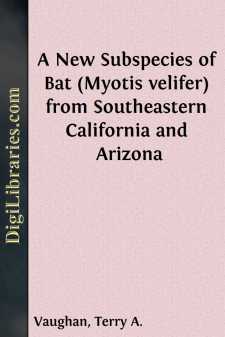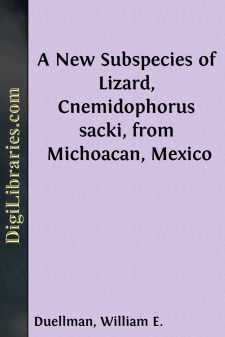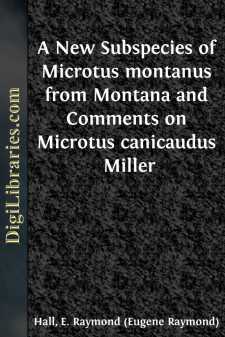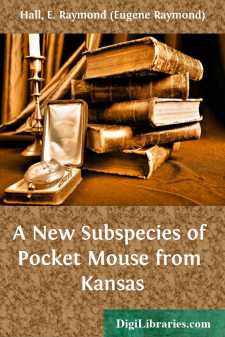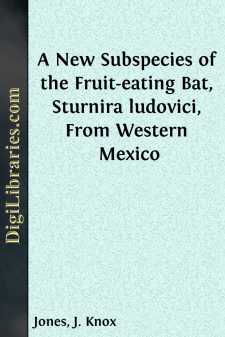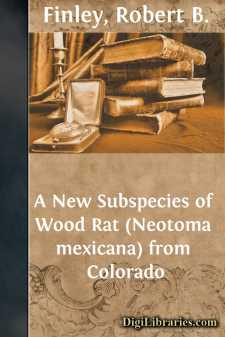Categories
- Antiques & Collectibles 13
- Architecture 36
- Art 48
- Bibles 22
- Biography & Autobiography 813
- Body, Mind & Spirit 142
- Business & Economics 28
- Children's Books 17
- Children's Fiction 14
- Computers 4
- Cooking 94
- Crafts & Hobbies 4
- Drama 346
- Education 46
- Family & Relationships 57
- Fiction 11829
- Games 19
- Gardening 17
- Health & Fitness 34
- History 1377
- House & Home 1
- Humor 147
- Juvenile Fiction 1873
- Juvenile Nonfiction 202
- Language Arts & Disciplines 88
- Law 16
- Literary Collections 686
- Literary Criticism 179
- Mathematics 13
- Medical 41
- Music 40
- Nature 179
- Non-Classifiable 1768
- Performing Arts 7
- Periodicals 1453
- Philosophy 64
- Photography 2
- Poetry 896
- Political Science 203
- Psychology 42
- Reference 154
- Religion 513
- Science 126
- Self-Help 84
- Social Science 81
- Sports & Recreation 34
- Study Aids 3
- Technology & Engineering 59
- Transportation 23
- Travel 463
- True Crime 29
Sort by:
J. R. Alcorn collected a number of pocket gophers of the genus Pappogeomys in the states of Jalisco, Nayarit, and Colima. The bulk of this material was obtained in 1949 and 1950. Full treatment of these interesting pocket gophers will be given by the author in a future publication. Among the Pappogeomys collected by Alcorn were three specimens from the high Sierra del Tigre, an isolated range not...
more...
by:
Terry A. Vaughan
The first specimens of Myotis velifer from California were taken in 1909 by C. L. Camp at Needles, San Bernardino County (Grinnell, Univ. California Publ. Zool., 12:266, March 20, 1914), and subsequently this bat was recorded from farther south in the lower Colorado River Valley at the Riverside Mountains, Riverside County (Stager, Jour. Mamm., 20:226, May 14, 1939). West of the Rocky Mountains the...
more...
Top of head and nape dusty brown; tip of rostral and lateral edges of superciliaries dark cream-color; upper labials and sides of head anterior to eyes cream-color, mottled with blue; lower labials and postocular region pale blue; mental, postmental, and sublabials cream-color. Upper surfaces of forelimbs dull bluish gray, spotted with pale greenish yellow; dorsal surfaces of proximal one-fourth of...
more...
IN 1949, for the Museum of Natural History of the University of Kansas, Mr. John A. White collected two specimens of the species Microtus montanus in the Bitterroot Valley of Montana, that did not fit the description of any named subspecies. These were laid aside until we could examine the additional specimens from Montana in the Biological Surveys collection in the United States National Museum, some...
more...
When preparing distribution maps for a revised list of the Mammals of Kansas it became apparent to me that pocket mice of the species Perognathus flavescens from south-central Kansas and adjoining parts of Oklahoma were without a subspecific name. The new subspecies is named and described below. Perognathus flavescens cockrumi new subspecies Holotype.—Female, subadult (P4 moderately worn), skin with...
more...
by:
Ticul Alvarez
In 1928 when Miller and Allen (Bull. U. S. Nat. Mus., 144) published their revisionary account of American bats of the genus Myotis, the black myotis, Myotis nigricans, was known no farther north than Chiapas and Campeche. Collections of mammals made in recent years for the Museum of Natural History of The University of Kansas include specimens of M. nigricans from eastern Mexico as far north as...
more...
by:
J. Knox Jones
The fruit-eating bats of the genus Sturnira are represented on the North American mainland by two species, S. lilium and S. ludovici. The former, in most areas the smaller of the two, is widely distributed in México and Central America and is common in many places. On the other hand, S. ludovici, described by Anthony (1924:8) from near Gualea, Ecuador, generally has been regarded as rare; insofar as...
more...
by:
Robert B. Finley
Field and museum studies of the wood rats of Colorado have revealed the existence of an unnamed subspecies of Neotoma mexicana in eastern Colorado south of the Arkansas River. The characters of the new subspecies are most distinctive in the northeastern part of its range near Two Buttes and Higbee. It differs in cranial characters from N. m. fallax and N. m. inopinata and averages slightly larger, but...
more...
by:
John M. Legler
In September, 1958, the author and two colleagues collected a large series of Pseudemys in small ponds and in a river in the basin of Cuatro Ciénegas, Coahuila. The specimens prove to represent a previously unrecognized subspecies of Pseudemys scripta. The subspecies is named in honor of Edward Harrison Taylor who has contributed more than any other person to our present knowledge of the herpetofauna...
more...
by:
Jacob Bryant
The earliest authentic account we can obtain of the birth of this learned and celebrated writer, is from the Register Book of Eton College, in which he is entered "of Chatham, in the county of Kent, of the age of twelve years, in 1730,"—consequently, born in 1718. Whence a difference has arisen between the dates in this entry, and the inscription on his monument, hereafter given, we are...
more...



